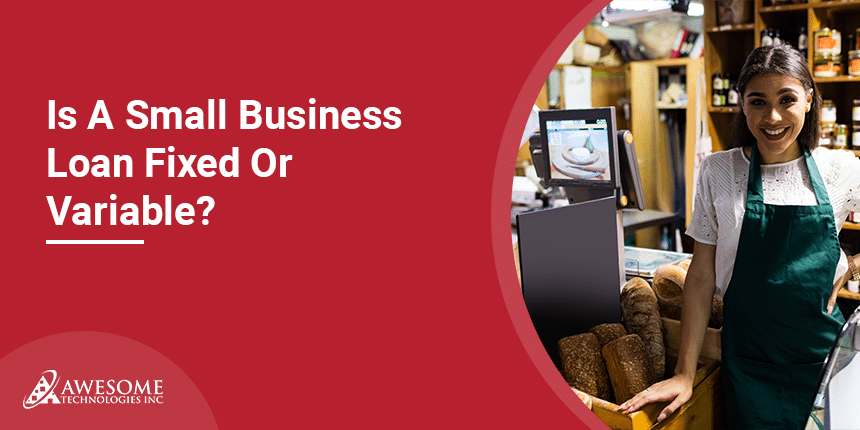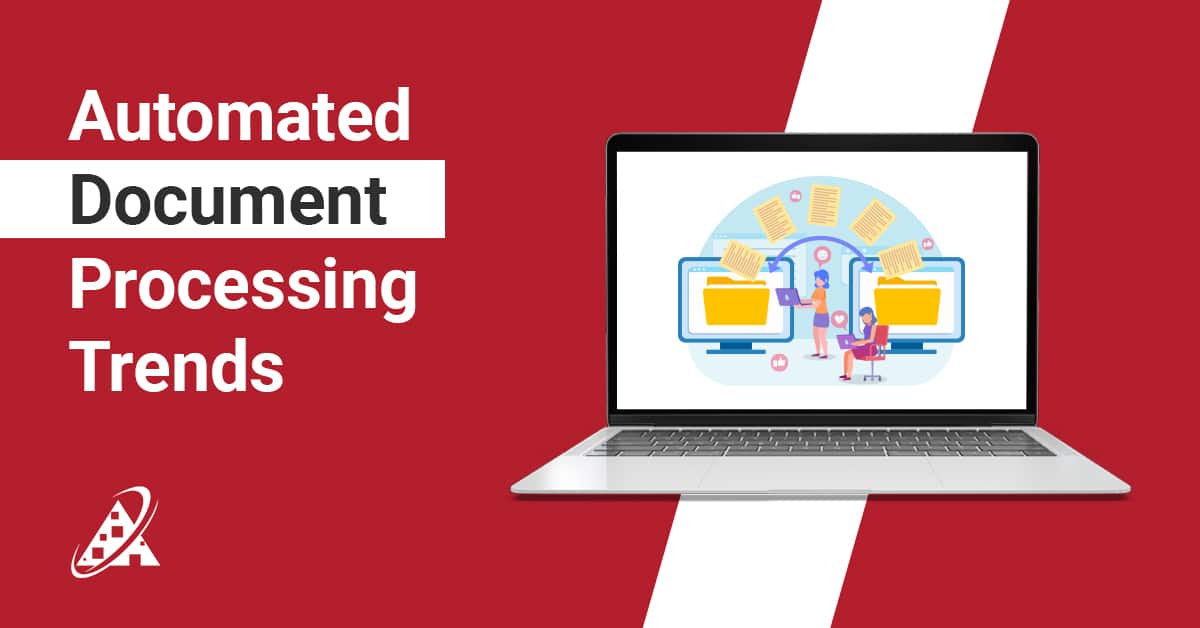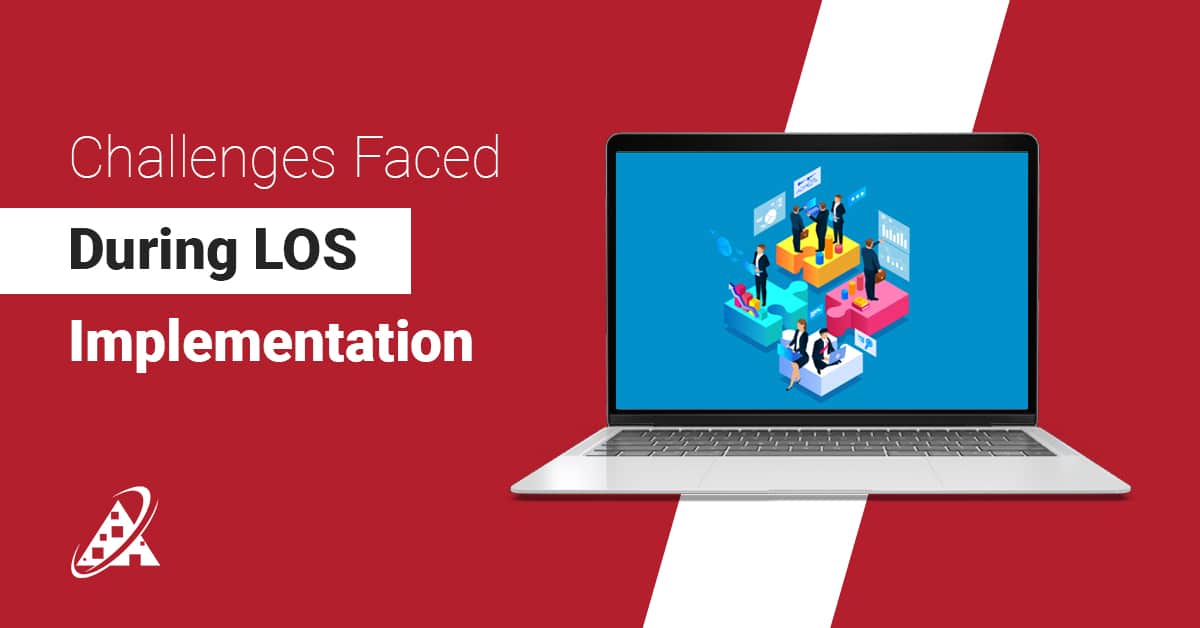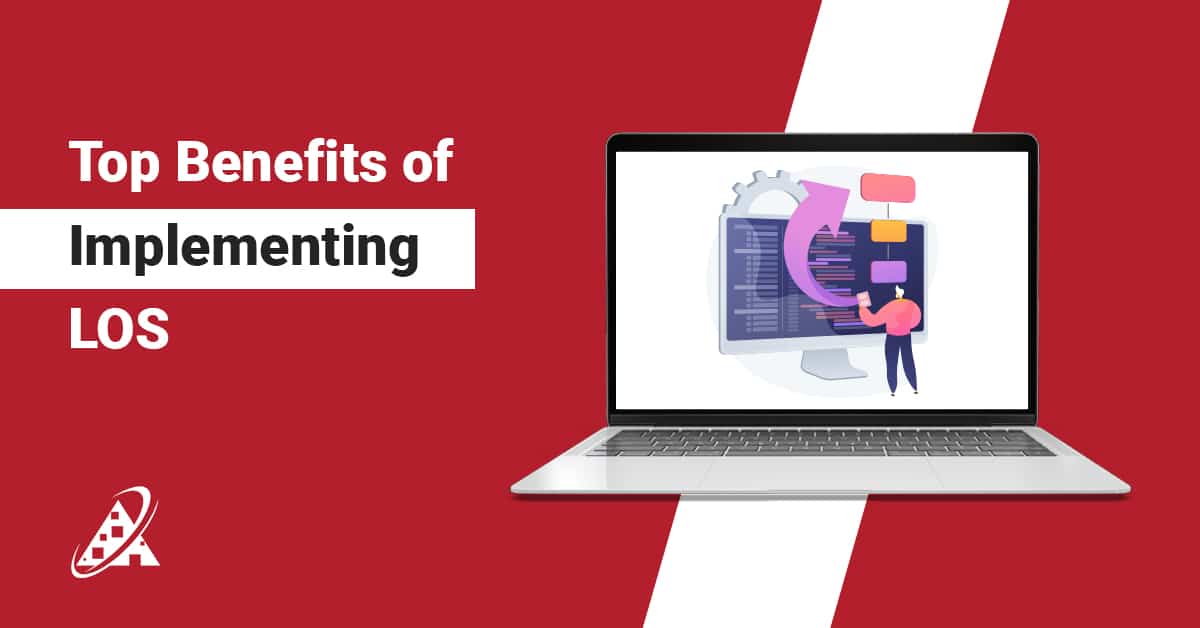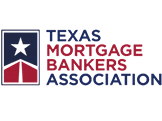Choosing the right type of financing for your small business is a critical decision, and one of the primary considerations is whether to opt for a fixed or variable interest rate on your small business loan. The interest rate structure of your loan can have a significant impact on your monthly payments, financial stability, and overall cost of borrowing. In this blog, we’ll explore the key factors to consider when deciding between fixed and variable small business loans. By understanding the differences between these two options, you can make an informed choice that aligns with your business’s financial goals and risk tolerance.
Is A Small Business Loan Variable Or Fixed Rate?
A business loan’s classification as fixed or variable is determined by whether the interest rate remains constant (fixed) or fluctuates based on an index (variable). Fixed-rate loans maintain consistent payments throughout the loan’s term, while variable-rate loans have interest rates that fluctuate in response to market conditions.
What are Fixed Rate Business Loans?
Fixed-rate business loans are a type of business financing in which the interest rate remains constant (fixed) throughout the entire term of the loan. These loans are characterized by predictable monthly payments, making it easier for business owners to budget and plan for their financial obligations. Here are the key features and benefits of fixed-rate business loans:
- Stable Interest Rate: The primary characteristic of a fixed-rate business loan is that the interest rate does not change over the life of the loan. This stability ensures that the borrower’s interest rate and monthly payment remain consistent, regardless of fluctuations in the broader financial market.
- Predictable Monthly Payments: With a fixed-rate loan, the borrower is certain of the exact amount they must pay every month. This predictability is advantageous for budgeting and financial planning, as businesses can set aside a fixed amount to cover the loan payment without worrying about interest rate fluctuations.
- Protection from Rising Interest Rates: Fixed-rate loans provide protection against rising interest rates. If market interest rates increase, the borrower’s loan rate remains unchanged, which can be beneficial in times of economic uncertainty or when interest rates are expected to rise.
- Long-Term Planning: Fixed-rate business loans are often chosen for longer-term financing needs, such as purchasing real estate, expanding operations, or funding significant projects. The stability of the interest rate makes them suitable for businesses that require extended repayment periods.
- Financing Security: Business owners and lenders appreciate the security of knowing that the interest rate will not increase during the loan term. This stability can build trust between borrowers and lenders, making it easier to secure financing.
- Available for Various Purposes: Fixed-rate business loans can be used for a wide range of purposes, including capital investments, equipment purchases, business expansion, debt consolidation, and more.
- Loan Amortization: Fixed-rate loans typically have a set payment plan where each monthly payment covers some of the loan amount itself and the interest on the loan. Over time, the ratio of principal repayment to interest payment shifts in favor of paying down the principal, helping the borrower build equity in their business.
Here’s an example of a fixed-rate business loan
Business Name: ABC Electronics Inc.
Loan Amount: $100,000
Interest Rate: 5% per annum
Loan Term: 5 years (60 months)
Monthly Payment: To calculate the monthly payment on a fixed-rate business loan, you can use the formula for a fixed-rate mortgage:
“`
Monthly Payment = P[r(1+r)^n] / [(1+r)^n-1]
“`
Where:
- `P` is the principal amount (loan amount): $100,000
- `r` is the monthly interest rate (annual rate divided by 12 months): 5% / 12 = 0.4167% or 0.004167 as a decimal
- `n` is the number of months: 60
Now, plug these values into the formula:
“`
Monthly Payment = 100,000[0.004167(1+0.004167)^60] / [(1+0.004167)^60-1]
“`
Calculating this, the monthly payment for ABC Electronics Inc.’s fixed-rate business loan would be approximately $1,873.33.
So, for the entire 5-year loan term, ABC Electronics Inc. will make consistent monthly payments of $1,873.33. This predictability allows them to budget and plan for their loan payments with confidence. The interest rate remains fixed at 5% throughout the entire loan term, providing stability in their financial planning.
What are variable Rate Business Loans?
Variable-rate business loans, also known as adjustable-rate business loans or floating-rate business loans, are a type of business financing in which the interest rate is not fixed but instead varies over time. The interest rate on these loans is typically tied to a specific financial benchmark, such as a reference interest rate or an index. Here are the key features and characteristics of variable-rate business loans:
- Fluctuating Interest Rate: The most distinguishing feature of variable-rate business loans is that the interest rate can change periodically, often in accordance with market conditions or fluctuations in the chosen benchmark. This means that the borrower’s interest rate and monthly payments may go up or down during the loan term.
- Initial Rate: Variable-rate loans usually start with an initial interest rate that is lower than what is offered for fixed-rate loans. This initial rate is often set for an introductory period, such as a year, before it begins to adjust based on market conditions.
- Rate Adjustments: The frequency and method of rate adjustments can vary depending on the loan agreement. Most variable-rate loans specify how often and under what circumstances the interest rate can change. Common intervals for adjustments are annually, semi-annually, or quarterly.
- Market-Linked Rates: The interest rate on variable-rate business loans is typically linked to a specific financial index, such as the Prime Rate, the London Interbank Offered Rate (LIBOR), or the U.S. Treasury Bill rate. The lender adds a margin or spread to the index to determine the borrower’s interest rate.
- Payment Variability: Because the interest rate can fluctuate, the monthly loan payments on variable-rate business loans may vary as well. Borrowers need to be prepared for potential increases in their monthly payments if market interest rates rise.
- Potential for Savings: In cases where market interest rates remain stable or decline, borrowers with variable-rate loans may benefit from lower interest costs and reduced monthly payments compared to those with fixed-rate loans.
- Risk of Rate Increases: Variable-rate loans are subject to the risk of interest rate increases. If market rates rise, the borrower’s interest rate and monthly payments will also increase. This risk can create financial uncertainty for borrowers.
- Shorter-Term Financing: Variable-rate loans are sometimes chosen for shorter-term financing needs, such as working capital or bridge financing, where the initial lower interest rate can provide cost savings.
- Rate Caps and Limits: Some variable-rate loans come with rate caps and limits to provide a degree of protection for borrowers. These caps establish maximum interest rate levels, preventing rates from rising too dramatically, even if market rates soar.
- Flexibility: Variable-rate loans offer flexibility for borrowers who believe that market interest rates are likely to remain stable or decrease during the loan term.
Here’s an example of a variable-rate business loan
Business Name: XYZ Cafe and Bakery
Loan Amount: $50,000
Initial Interest Rate: 4% per annum
Loan Term: 7 years (84 months)
Monthly Payment: Variable-rate loans typically have an initial interest rate that may change over time, based on market conditions. In this example, we’ll assume an initial rate of 4%, but it’s important to note that this rate can fluctuate.
To calculate the monthly payment for the initial period (assuming the initial rate remains constant), you can use the same formula for a fixed-rate loan:
“`
Monthly Payment = P[r(1+r)^n] / [(1+r)^n-1]
“`
Where:
- `P` is the principal amount (loan amount): $50,000
- `r` is the monthly interest rate (initial annual rate divided by 12 months): 4% / 12 = 0.3333% or 0.003333 as a decimal
- `n` is the number of months: 84
Now, plug these values into the formula:
“`
Monthly Payment = 50,000[0.003333(1+0.003333)^84] / [(1+0.003333)^84-1]
“`
Calculating this, the initial monthly payment for XYZ Cafe and Bakery’s variable-rate business loan would be approximately $662.58.
Rate Adjustment: However, it’s important to understand that the interest rate on a variable-rate loan can change. For this example, let’s assume that after the first year, the interest rate adjusts based on market conditions and increases to 4.5%.
So, the monthly payment in the second year with the new interest rate would be calculated as follows:
“`
Monthly Payment (Year 2) = 50,000[0.003750(1+0.003750)^84] / [(1+0.003750)^84-1]
“`
Calculating this, the monthly payment for the second year would be approximately $683.34, reflecting the higher interest rate.
The key difference with variable-rate loans is that the monthly payment can change over time as the interest rate fluctuates, which adds an element of uncertainty to the borrower’s financial planning.
It’s essential to be prepared for these fluctuations and understand the terms and conditions of your specific variable-rate loan, including how often the rate can change and any rate caps or limits that may apply.
Factors to Consider When Choosing Fixed or Variable Rate for Small Business Loan
- Loan Length: The term of the loan can influence your choice. If you opt for a short-term loan, the potential for interest rate fluctuations in a variable-rate loan may not affect you as much. For longer-term loans, fixed-rate options provide stability.
- Risk Tolerance: Consider your risk tolerance. Variable-rate loans are riskier because interest rates can rise. If an unexpected rate increase would strain your business, a fixed-rate loan might be a safer choice.
- Potential Future Interest Rates: Your outlook on future interest rate movements matters. If you believe interest rates will decrease, a variable-rate loan might be attractive. Conversely, if you anticipate rising interest rates, a fixed-rate loan can protect you from such increases.
- Availability: Some loans, like business credit lines, may offer only variable-rate options. Your choice may be influenced by the types of loans available to you.
- Refinancing Options: Keep in mind that you can refinance your loan if market conditions change. For example, if you have a variable-rate loan and interest rates start to rise, you might consider refinancing into a fixed-rate loan to stabilize your payments.
Conclusion
In conclusion, the choice between a fixed or variable rate small business loan is a critical decision that depends on your business’s financial objectives, risk tolerance, and market outlook. Fixed-rate loans offer stability with predictable monthly payments, making them suitable for businesses seeking budget consistency and protection from rising interest rates. On the other hand, variable-rate loans provide flexibility and potential cost savings when interest rates are expected to remain stable or decrease. Understanding the nuances of these options and aligning them with your business’s unique needs is essential for making the right financial decision. It’s advisable to consult with financial experts and carefully review the terms of the loan agreement before making a choice.

